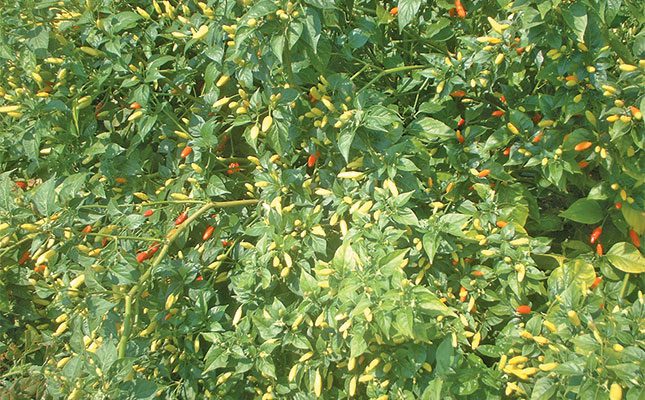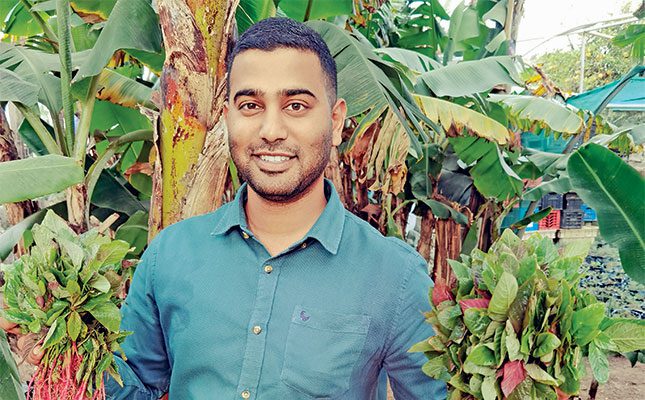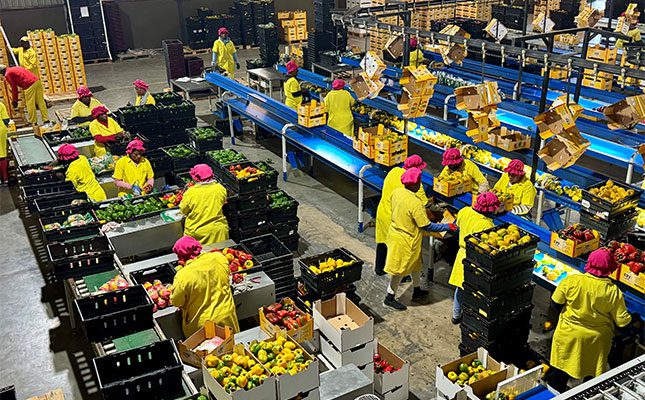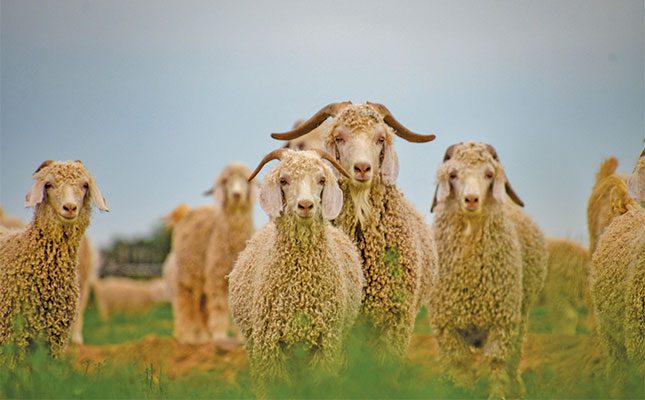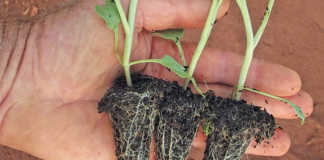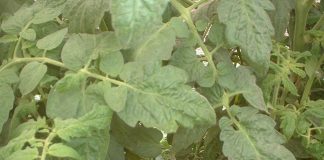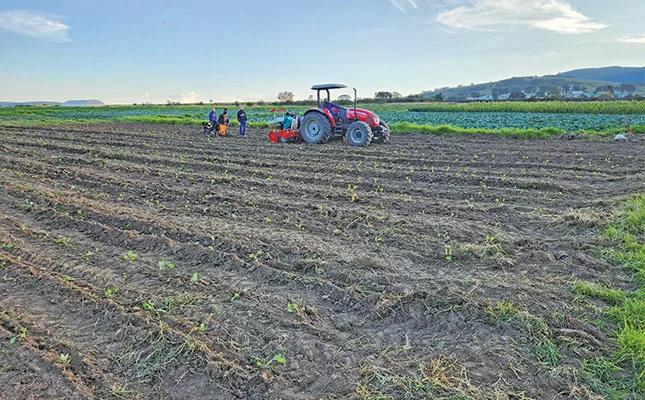
Photo: Supplied
Vegetable farmer Thulani Magida is stuck in a seemingly perpetual waltz danced by all communal farmers: one step forward, two steps back.
He started farming in 2022 in Qonce, Eastern Cape, on communal land that forms part of the Keiskammahoek Irrigation Scheme. Having worked as an agricultural economist and business analyst for 14 years, he used the pension fund he had built up over this time to get started.
As he needed to purchase a tractor, boom sprayer, and fertiliser spreader, there was little left for inputs, so he skimped on fertiliser and pest control. As a result, his yields were low and packout rates discouraging. But through perseverance and investigating all available resources, success is on the horizon.
Improving yields
When Magida started his farming business, Juta Agritech, three years ago, he could only plant 1,25ha of the 45ha he had been allotted due to a lack of finance for inputs. Bit by bit, he increased the farmed land to reach 28ha last year.
This year, he’ll plant 38ha, increasing the area under all four of his chosen crops: butternut, potatoes, cabbages, and pumpkins. However, growth without financing has been challenging.
“When you are ploughing all your income back into the farm to expand production, there is nothing left to live off or buy new machinery,” laments Magida.
After the initial cash injection from his pension fund, he wasn’t able to secure financing for the next two years, since he had no land to put up as collateral.
As he is a relatively new farmer, banks wouldn’t take a chance on him either, and applications for government funding went unanswered.
A key issue with a lack of financing is its limiting effect on yields and quality, which in turn reduces income and the chance to grow the business. For example, Magida was only applying half of the required fertiliser to his crops and little pest control.
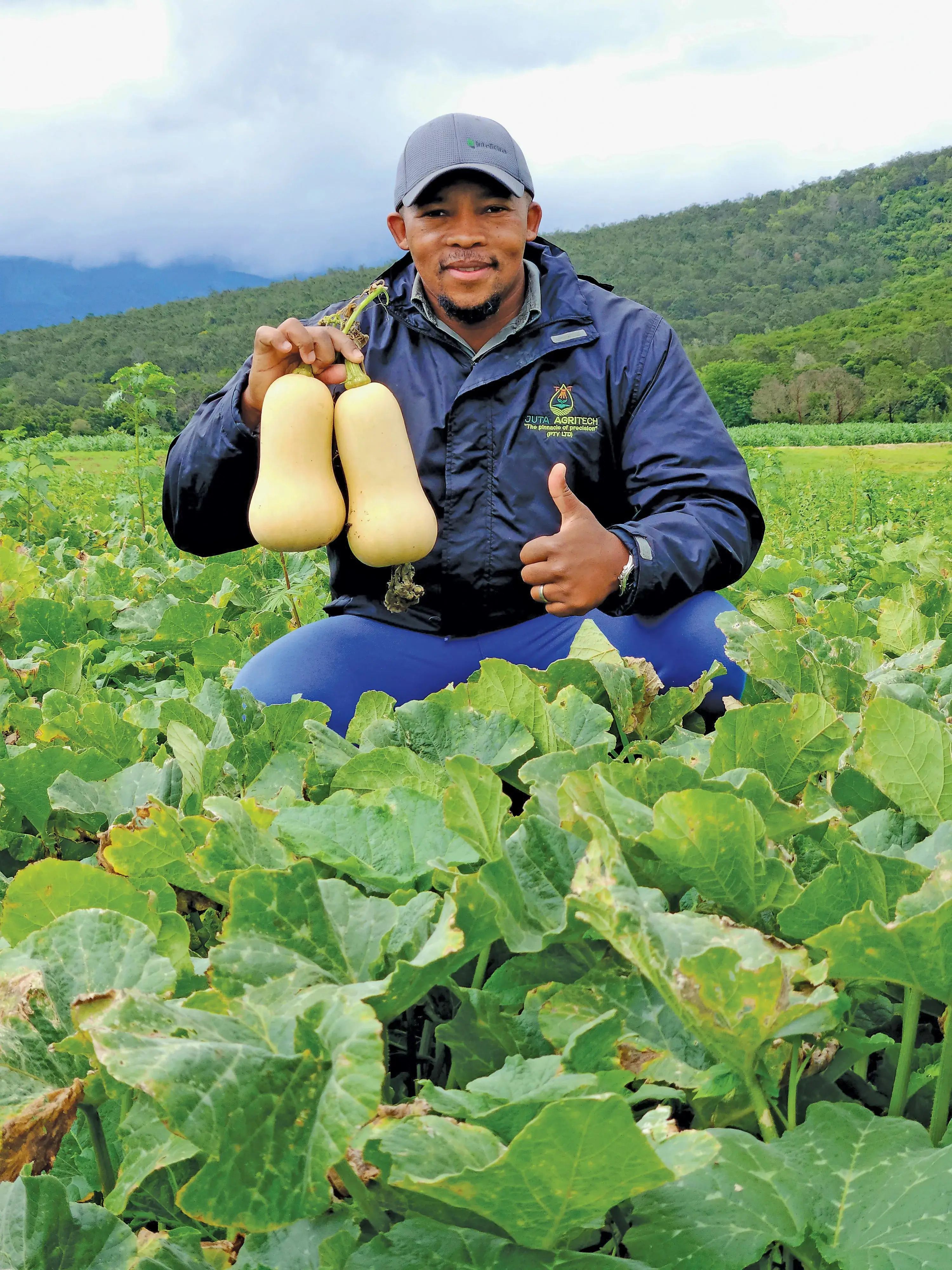
His potato yield was 22t/ha, far below the average of 50t/ha for irrigated potatoes. The potato crop also mostly consisted of smalls, which achieve lower prices than larger potatoes. His cabbages only achieved a 35% packout.
Nonetheless, the past season has proved the value of perseverance. Magida achieved a potato harvest of 46t/ha, with mostly large and medium-sized potatoes, and a cabbage packout of 85%. He believes he can achieve a 55t/ha potato crop this year by improving his pest control regime.
He has two production seasons: summer and winter. Cabbages, potatoes, butternut, and pumpkins are planted in summer, and cabbages again in winter.
Although he has the land to plant other winter crops, such as beetroot, carrots, and onions, these require additional implements for planting and harvesting, which means he’d need access to financing that he just doesn’t have.
Soil health and fertiliser applications
Over the past two years, a focus on improving soil health and increasing fertiliser applications has brought an improvement in his yields.
“Initially, I only did two fertiliser applications of 2:3:4 totalling 300kg/ha. Now I apply a total of 1t/ha of 2:3:4 over four applications in the season,” explains Magida.
Soil analysis is done annually to determine the level of nutrients in the soil. An agronomist then provides a fertiliser recommendation for the season. Magida notes that his soil is especially low in phosphate and potassium, requiring greater supplementation to achieve good yields and packouts.
Correcting the pH of the soil has also been key to improving yields. Initially, his soils had a pH of 4,5, which was too acidic and, as a result, the crops’ nutrient uptake was inhibited. By adding lime, the pH has increased to 5. Magida aims to reach a soil pH of 6 to ensure a better uptake of nutrients.
Manure applications have proved to have a positive impact on yields, too, and since this is a free resource he can obtain from the nearby village, Magida is hoping to increase these applications.
“But it still comes at a cost, since the manure needs to be dug out of the kraals and transported to the farm. Spreading it on the land is challenging, because I don’t have a manure spreader, which means it needs to be shovelled off the back of a bakkie.
“This is time consuming and labour intensive, and it also results in an unequal spread of manure over the fields. But it is worth the effort, and I think over time I will be able to reduce my fertiliser application to 800kg/ha of 2:3:4,” he explains.
Magida has also seen success as a result of applying Afrikelp to his potatoes and cabbages. It is a growth stimulant made from seaweed that increases the size of the individual vegetables.
Selecting the right seed
An important lesson he has learnt in increasing the profitability of his potatoes is selecting the right seed. Initially, he bought small-sized potato seed – an 800-count bag – which produced small potatoes.
“Commercial farmers plant 250 seed, meaning there are 250 seed potatoes in a 25kg bag. Bigger seed potatoes produce bigger potatoes, which means the income per hectare is more,” he says.
To increase the packout and reduce rejects in his potato crop, Magida has had to invest in a ridger.
“Once the potatoes start growing, you need to add another layer of soil at the base of the plant to protect the tubers from sunlight. If they get exposed to light, they go green and won’t be accepted by the market.
“Initially, I had to borrow a ridger, since I did not have my own, but this meant that it was never available when I needed it.
“Since this is not an area where mechanised farming is common, implements are not readily available. In November last year, I finally managed to obtain financing from the [Eastern Cape Department of Agriculture], so I could purchase a ridger, which has improved my packouts,” he explains.
Tweaking the irrigation system is another reason for Magida’s yield increases. Draglines were used initially and moved around the field manually, resulting in uneven growth. Last year, he started using fixed overhead irrigation, which allows him to irrigate a larger field at once, resulting in greater uniformity in growth.

Magida plants his cabbages at a density of 28 000 plants/ha. “At this density, you really need to feed the crop or you’ll end up with very small heads of cabbage. Afrikelp applications have helped, as have spray applications of Multifeed, which provides nitrogen, phosphates, and potassium, in addition to sufficient microelements to boost the plants,” he explains.
He notes that the best investment he has made in his cabbages has been buying a planter.
This has increased his stand, which has increased his yield. Packouts, however, remained a challenge until he implemented a pest control programme.Diamondback moth and snails caused damage to the heads, rendering them unmarketable. A pest control programme involving insecticides and snail bait has proved to be effective.
Previously, Magida farmed pigs to assist with cash flow, especially in winter when there was little income from the crops.
However, since the pigs ended up being sold before they reached their ideal weight, the venture proved to be more costly than profitable.
“Raising pigs requires feed and labour, and to get a return on investment, they need to be
sold at their heaviest. But I found that I kept having to sell them too early to pay salaries,
and since [the pigs] were underweight, the prices I obtained for them weren’t worth the effort.
“It is, however, a division I would like to get up and running again once I have the finance to erect a proper piggery,” he explains.
Economies of scale
Getting inputs to his farm is a costly exercise for Magida, and not just because of the poor state of the roads. Since he farms in an area where large-scale commercial farmers are few and far between, inputs aren’t readily available on his doorstep. And because his own ability to buy inputs is limited, he can only purchase them in small quantities.
“This pushes up the unit cost tremendously, as transport fees are the same for a full truckload of potato seed or fertiliser as for half a load.
“Servicing my tractor costs the same whether I’m planting 10ha or 100ha. But if I was drawing an income from 100ha, servicing the tractor would not cripple my cash flow.

“So, one really does need economies of scale to move forward and grow,” he adds.
While Magida has seen much improvement in his potato crop in terms of yield, size, and quality, a missing piece of the puzzle is still inhibiting further success: an automated washing and packing facility.
The Keiskammahoek Irrigation Scheme once had such a facility, but it has been in a state of disrepair for many years. Without it, potatoes can’t be properly washed, which reduces their marketability.
Since potatoes now have to be hand-sorted and graded, the greater margin of error results in fewer potatoes being sold as medium or large, reducing income.
Rotten potatoes also end up being packed more frequently, which then increases the rate at which the other potatoes in the bag rot.
“This is a big problem, because I just can’t get ahead. I do everything I can to improve my potato crop, then it falls short at the packing process,” explains Magida.
While government has promised to fix the facility, help has not been forthcoming.
Magida explains that the investment to erect his own facility is substantial: “It’s a chicken- and-egg situation; I can’t afford a washer and grader if I don’t increase the size of my crop and the profit per hectare. But I can’t increase yield and profit if I don’t have a washer and grader.”
Communal opportunity
While Magida has achieved much success on his own, he believes that the next step for him and his community will be to see the irrigation scheme reach its full potential.
“There are over 9 000ha in this scheme, of which only 46% is being cultivated. The soils are fertile, there is irrigation infrastructure, ample water, and available labour. There is a massive opportunity to expand production and reach a level of large scale commercial success,” he explains.
Magida employs 11 permanent workers on his farm, supplemented by 102 casuals during the harvest periods.
“There aren’t many job opportunities in this area, so the employment I have been able to provide is significant.
“Imagine if the full potential of the irrigation scheme was reached, and all the farmers
were able to employ more people,” he adds.
Magida also provides in-service training to agriculture students from nearby colleges. This means students will be able to enter the workforce after they have graduated, since they already have experience. This is a vital step in ensuring farmers in the area have access to skilled labour.
He also offers training for other farmers and is investigating the possibility of erecting a processing facility to add value to the vegetables produced in the scheme.
“There isn’t a lot of information available for farmers looking to improve production. We have pamphlets that just regurgitate the same old information.
If we can elevate the farmers and help them expand, we will have a better chance at convincing government that erecting washing and grading facilities will be worthwhile,” he says.
In 2024, Magida founded Rural Fresh, a company that will provide value-added services to increase the income farmers receive from the vegetables. This forms part of his diversified marketing strategy to sell produce to the fresh produce market, retailers and food companies.
Around 9% of Magida’s potatoes, 56% of his cabbages, 76% of his butternut, and 100% of his pumpkins are sold through the municipal fresh produce market.
“The fresh produce market is the cornerstone of my marketing strategy, because this is where all the buyers come together. They are able to absorb large volumes at once, unlike local retailers, who only want small amounts to ensure that produce does not rot on their shelves,” he says.
Magida was recently awarded a contract to grow potatoes for the fast-food chain Steers. He is hopeful that once he proves his worth, this contract will be expanded, and other food processors will come on board, too.
The challenges that communal farmers face are all too familiar for Magida. Making long-term decisions is difficult, since he has no security of tenure, and staying on the right side of local politics adds an additional burden.
With unemployment rife in the area, theft is also a big challenge, but Magida maintains that farming on communal land can be done successfully.
“Cash flow is the biggest constraint, so focusing on this aspect is the way to success. Helping the other farmers grow and achieve success has multiple benefits: it creates economies of scale and buying power, and it reduces theft,” he adds.
For more information email Thulani Magida at [email protected].


